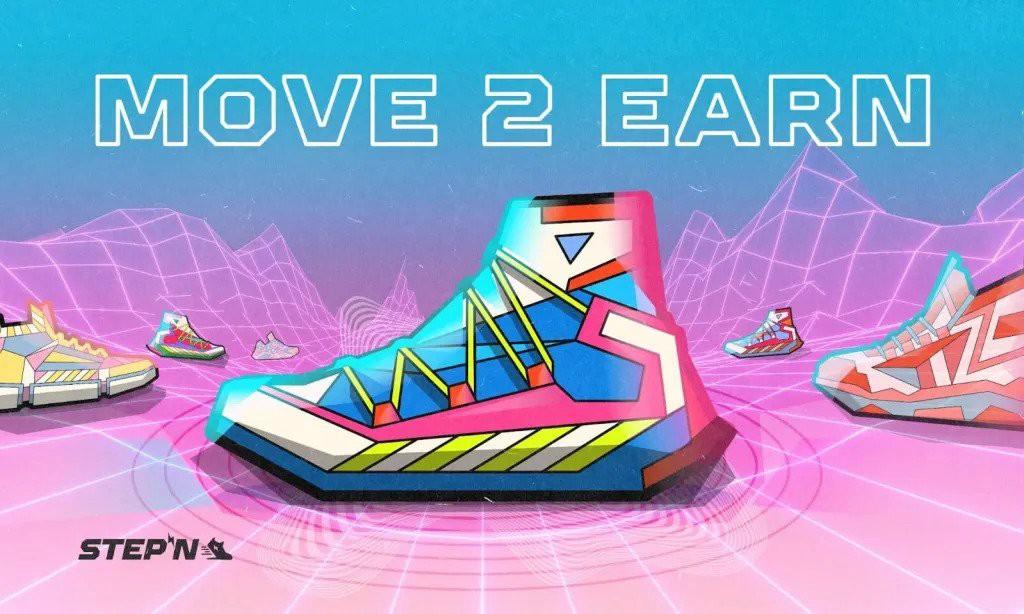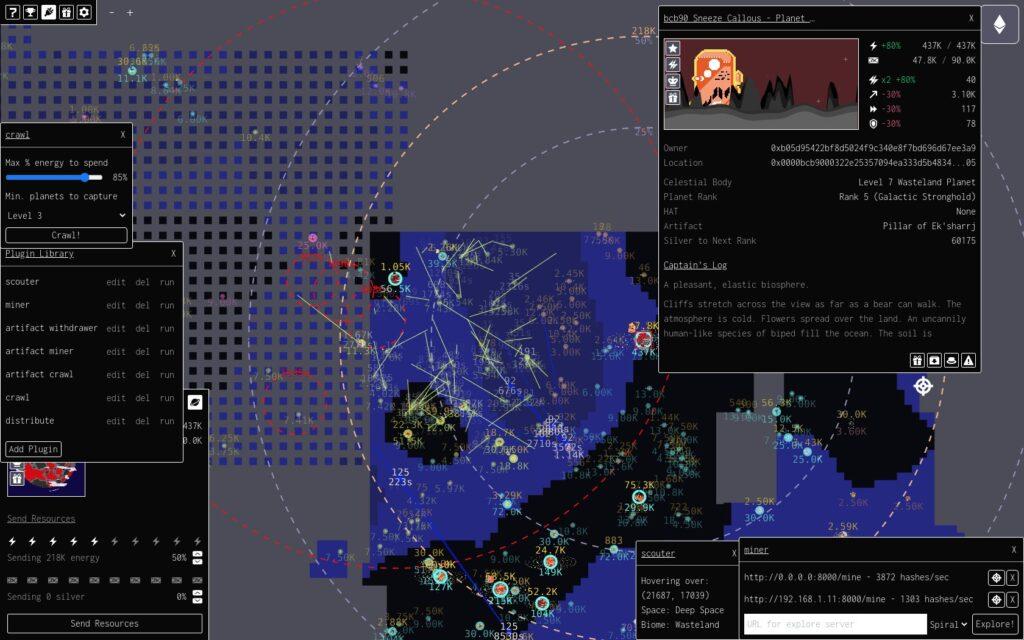In today’s video gaming news, we continue a series of articles that look at the Web 3.0 gaming industry from where we left off last time. Previously, we discussed where blockchain gaming stands regarding mass adoption and going mainstream. Today we will see what the Web 3.0 gaming industry learned from its previous two eras, the flight and the fall. Moreover, will we witness the third era of blockchain gaming next year? Let’s find out where Web 3.0 gaming stands after two groundbreaking events in its journey so far. Did it revisit the speculation element in blockchain games? And if it does, what kind of P2E games will be the torchbearers in the next era?
We give our readers key insight into the blockchain gaming industry and recent trends shaping up in the industry. Keep visiting us and our social channels to stay up-to-date.
Play-to-Earn Games Challenges in 2022
Currently, blockchain games aren’t at their best and have plummeted to new lows as we approach the end of 2022. Popular crypto and NFT games like Axie Infinity, Crabada, and Pegaxy are at least 80% down from their all-time highs. However, due to the novel concept of “move to earn,” games such as STEPN have grown in popularity. Move to Earn introduces players to physical activity, where physically active players get cryptocurrency as rewards. However, the story unfolded the same for STEPN, as it also lost its daily active users as the interest of gamers faded away. The steep decline in play-to-earn game activity and user retention happened after the crypto market crash impacted the games’ token valuations.

The number of people who played Axie Infinity every day reached its peak in November 2021, and since then it has dropped quickly. Apart from DAUs, trade volumes of in-game tokens also had the same fate. Axie Infinity’s main token, AXS, is sitting at its worst, down over 95%. The same is true for STEPN’s monthly sneaker minting. The decline wasn’t limited to game tokens only; in popular metaverse NFT games like The Sandbox, Decentraland, and Otherside, the virtual land sale also saw declining interest from gamers. So, where did the industry go wrong? Was it the flawed economic model of P2E games? Or an overemphasis on NFTs? Or ignoring the fun gameplay element that could have retained users?
To understand the flaw and a possible solution, we need to understand the phases the blockchain gaming industry has gone through since its inception.
Web 3.0 gaming phases since inception
First Phase
Blockchain gaming made it big with its first truly popular and successful game venture, CryptoKitties, in 2017. In NFTs, the idea of true player ownership was introduced for the first time in the history of the gaming business. However, the game massively lacked playability due to Ethereum network limitations. The first step in the blockchain gaming industry was CryptoKitties, which introduced gamers to the new idea. The Cryptokitties NFTs went astronomically popular in a matter of days. People all over the world embraced the concept and went crazy buying NFTs. The hype was surreal, and the speculation bubble went huge.
Second Phase
The play-to-earn model and Sky Mavis’s Axie Infinity game are examples of the second phase of blockchain gaming. Axie Infinity took the internet by storm. People in developing countries, especially in Southeast Asia, played the game and made a livelihood. The second phase of blockchain gaming builds on the first in terms of scalability. However, it focused way more on the economic side of things, making sustainable yields a top priority. The lack of fun elements in play to earn games in the second phase ultimately led to the steep decline.
The Upcoming Third Phase of Blockchain gaming
The third phase of blockchain gaming will build on the first two. It will use solutions for scalability, fix economic flaws, and make games fun again.
Some of the blockchain projects are already in the third phase. Check them out.
Splinterlands
Splinterlands is developing its economic system at a fast pace with periodic updates. Moreover, it launches new card set sales, a first-ever convention, two new games, and has long-term utility for its users. It also prioritizes its DAO by sending card sale profits to it instead of the company. You can check out more information on Splinterlands.
Sorare
Sorare is an NFT fantasy football game, and its economic model is arguably one of the most profitable and stable. The game has more than 500,000 users and 150,000 on-chain card holders. It follows a free-to-play model. More on Sorare.
Dark Forest
This MMO strategy game is leading in technology innovation by utilizing zero-knowledge-proof authentication. The game is entirely on chain and makes use of the secret information method. This means that players make strategic moves that are recorded on the chain but are kept secret from their opponents. This technology implementation is one of a kind, and Dark Forest is its ground zero.

Stick with us for the next part of the blockchain gaming industry and year-end series. Meanwhile, do check out our YouTube channel, where we discuss promising upcoming blockchain games. Moreover, you can also check this survey report destroying the popular perception portraying that Web 3.0 gaming is dying, click here.